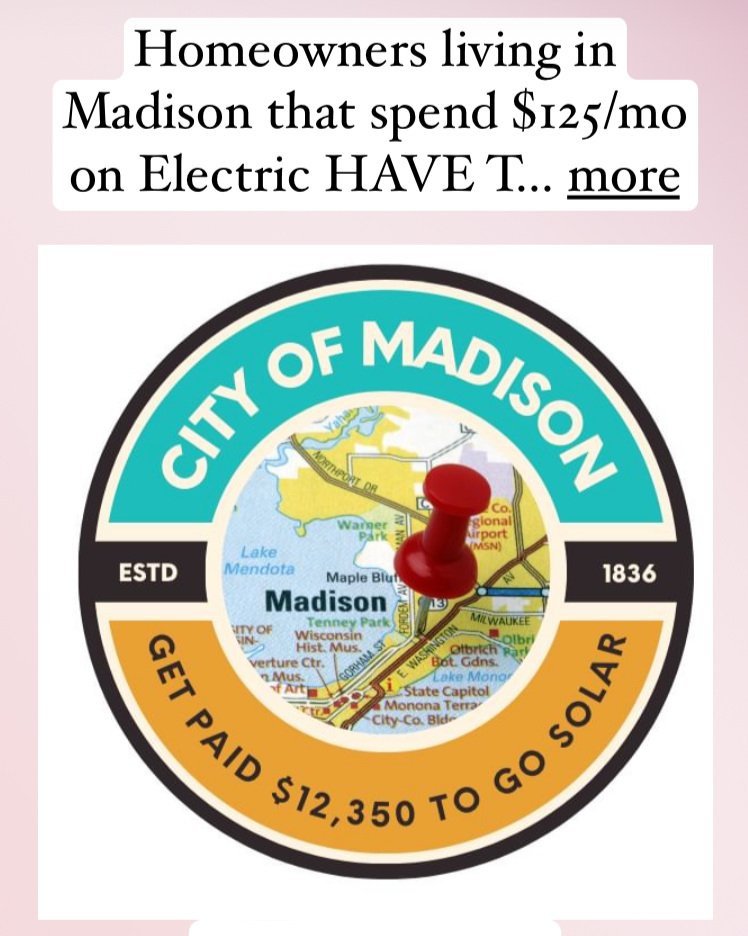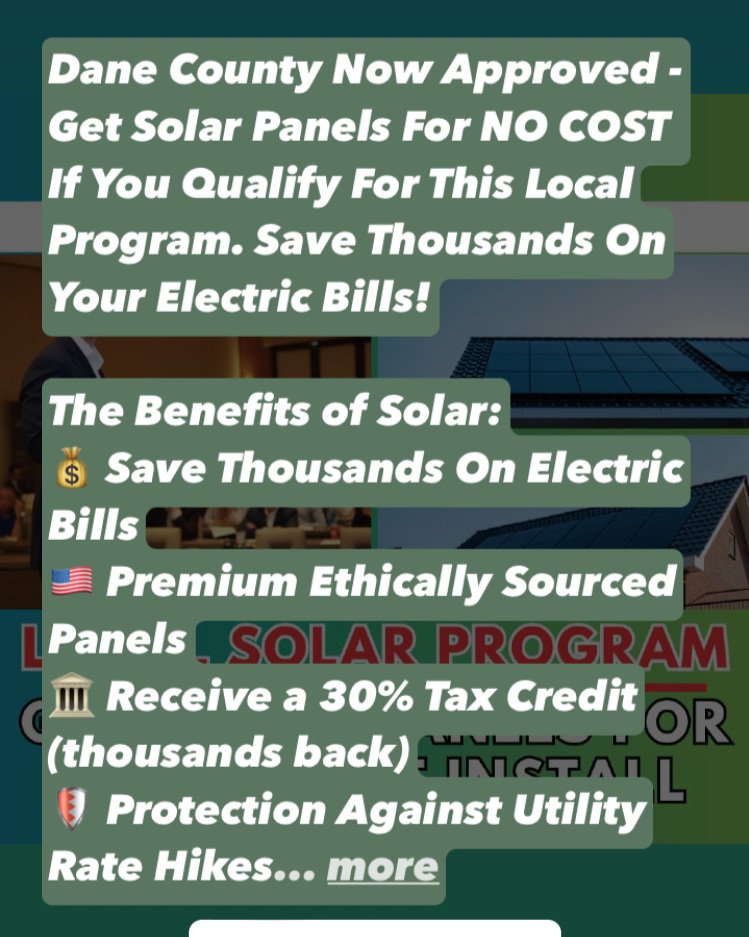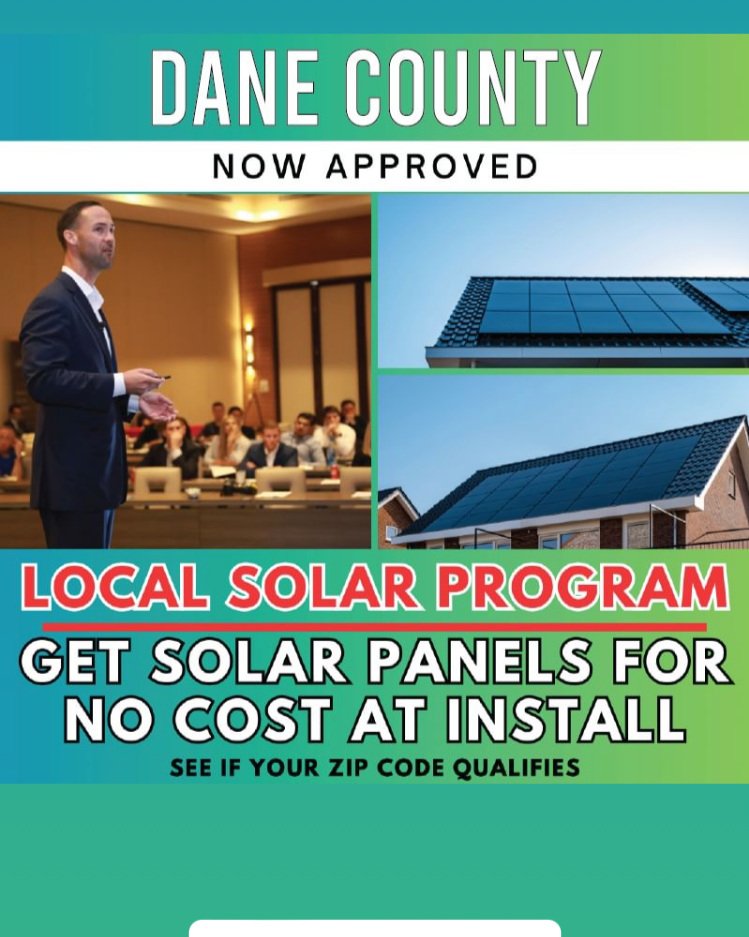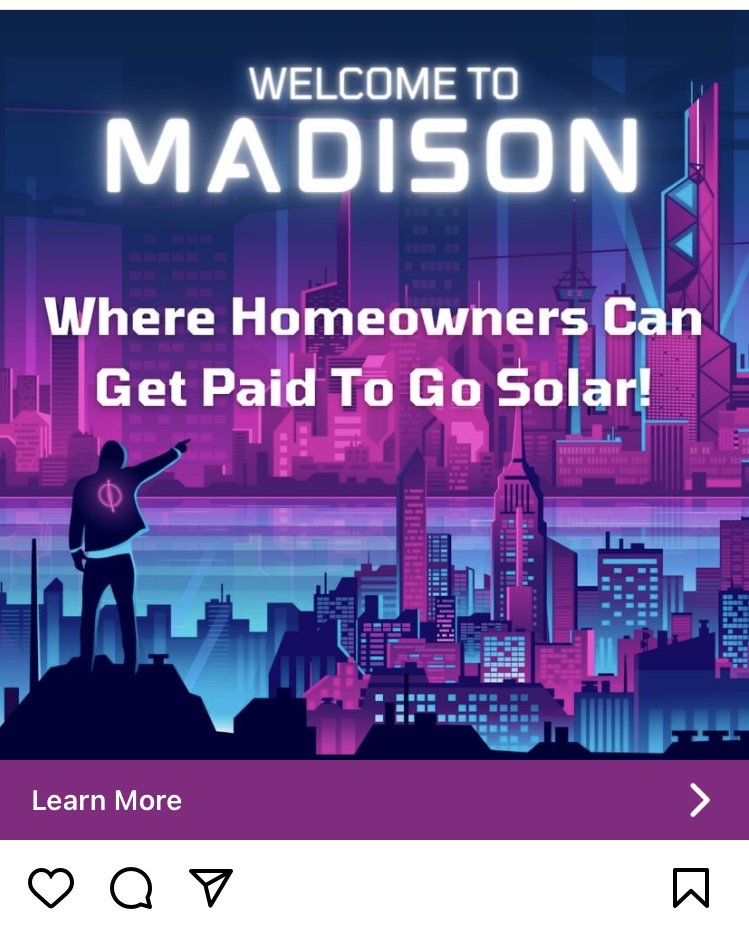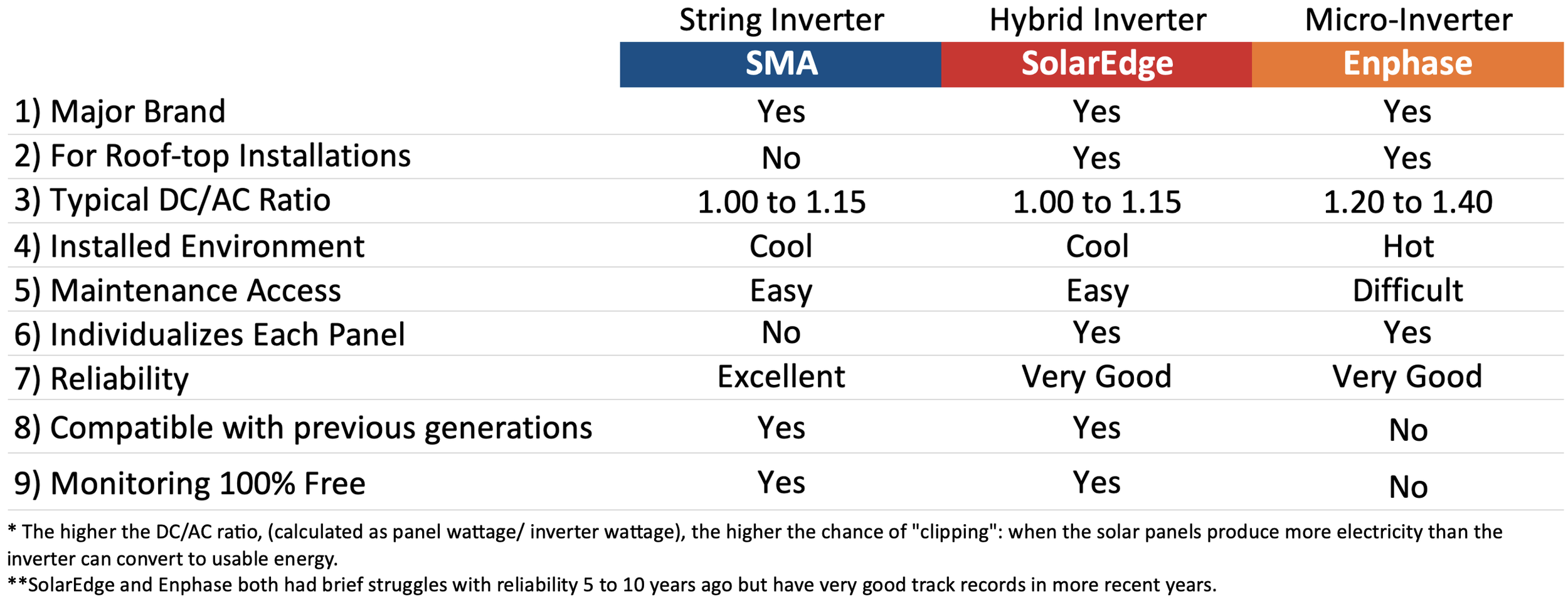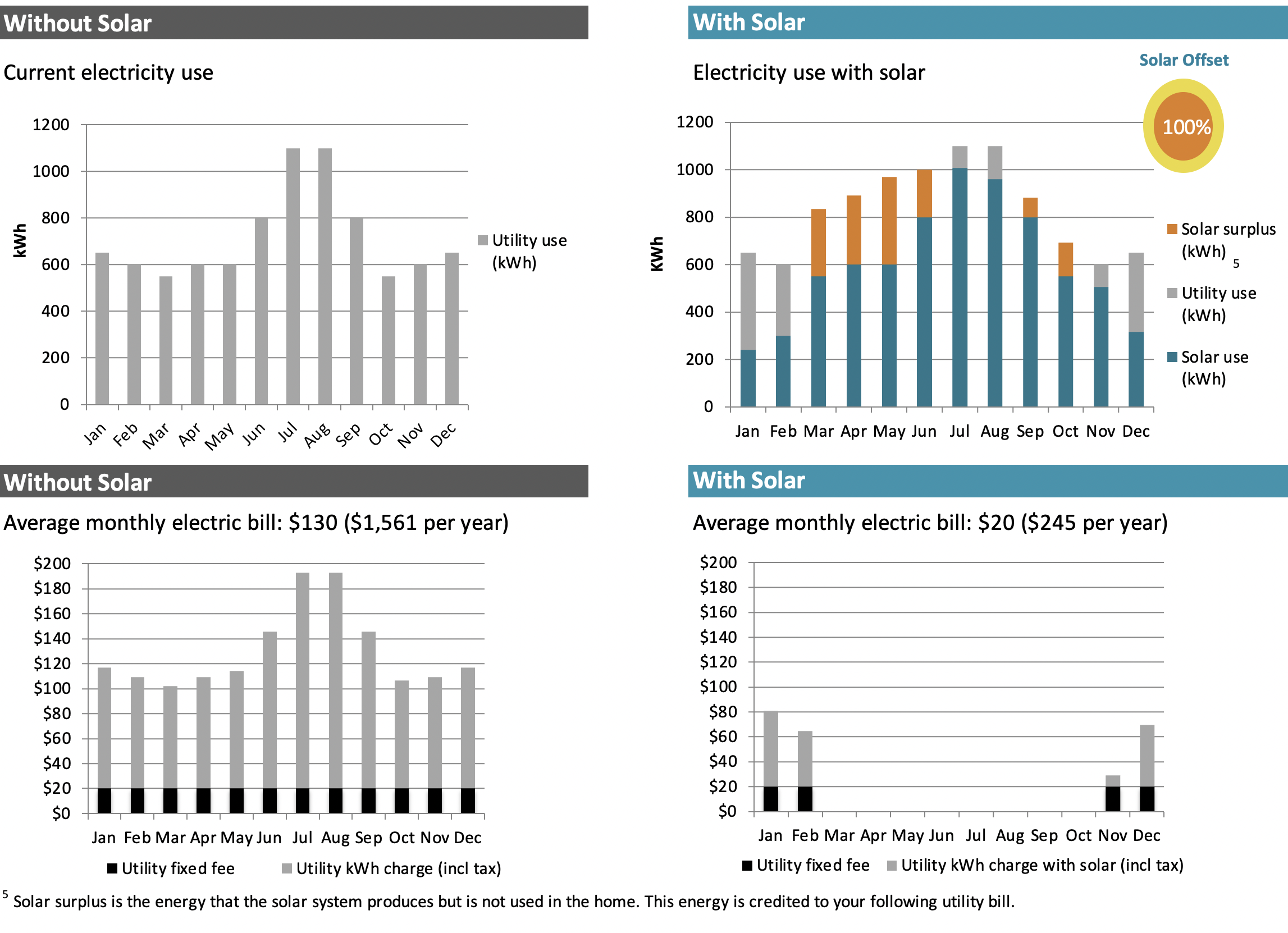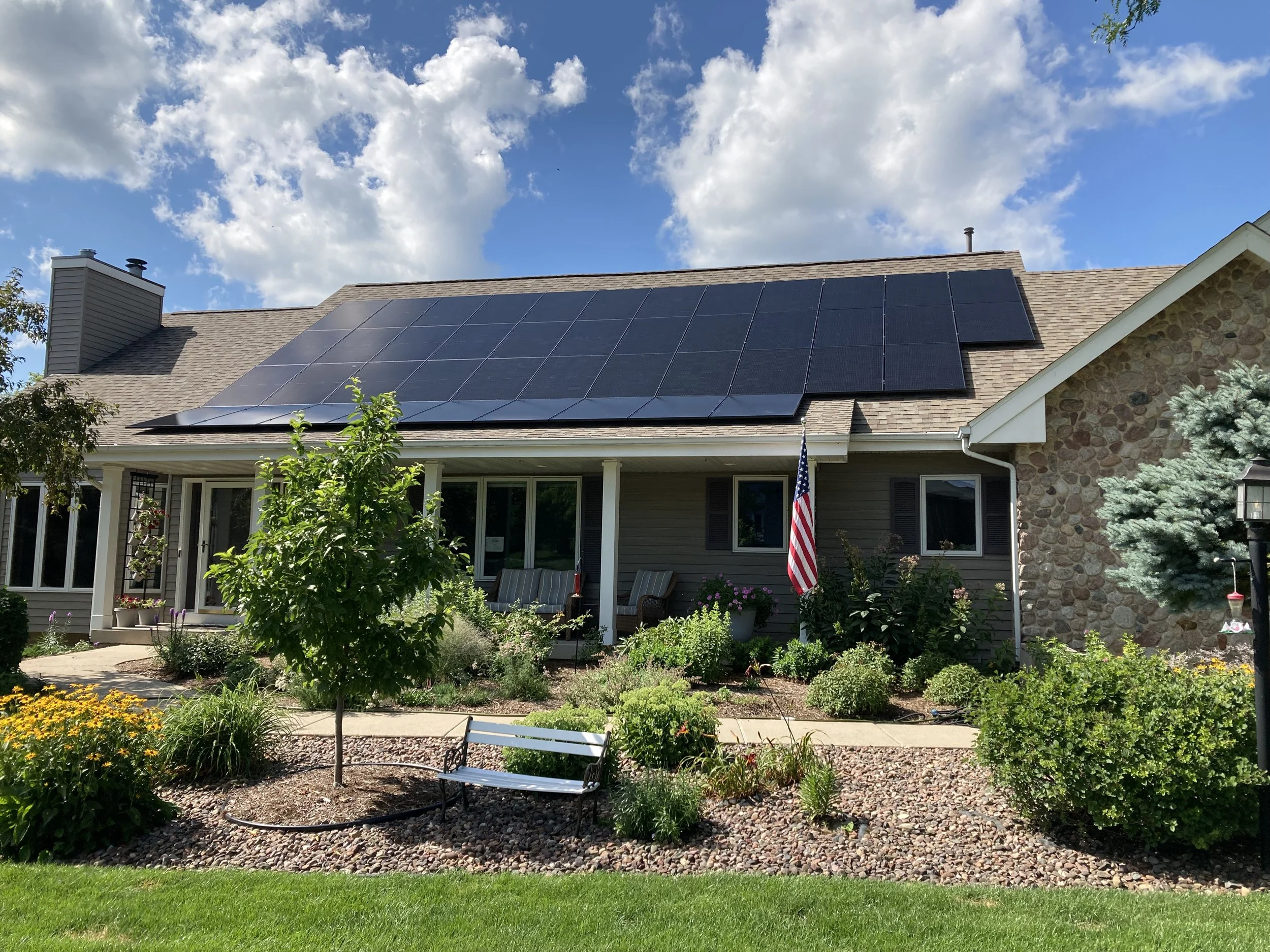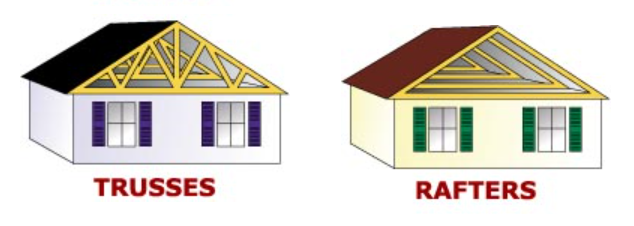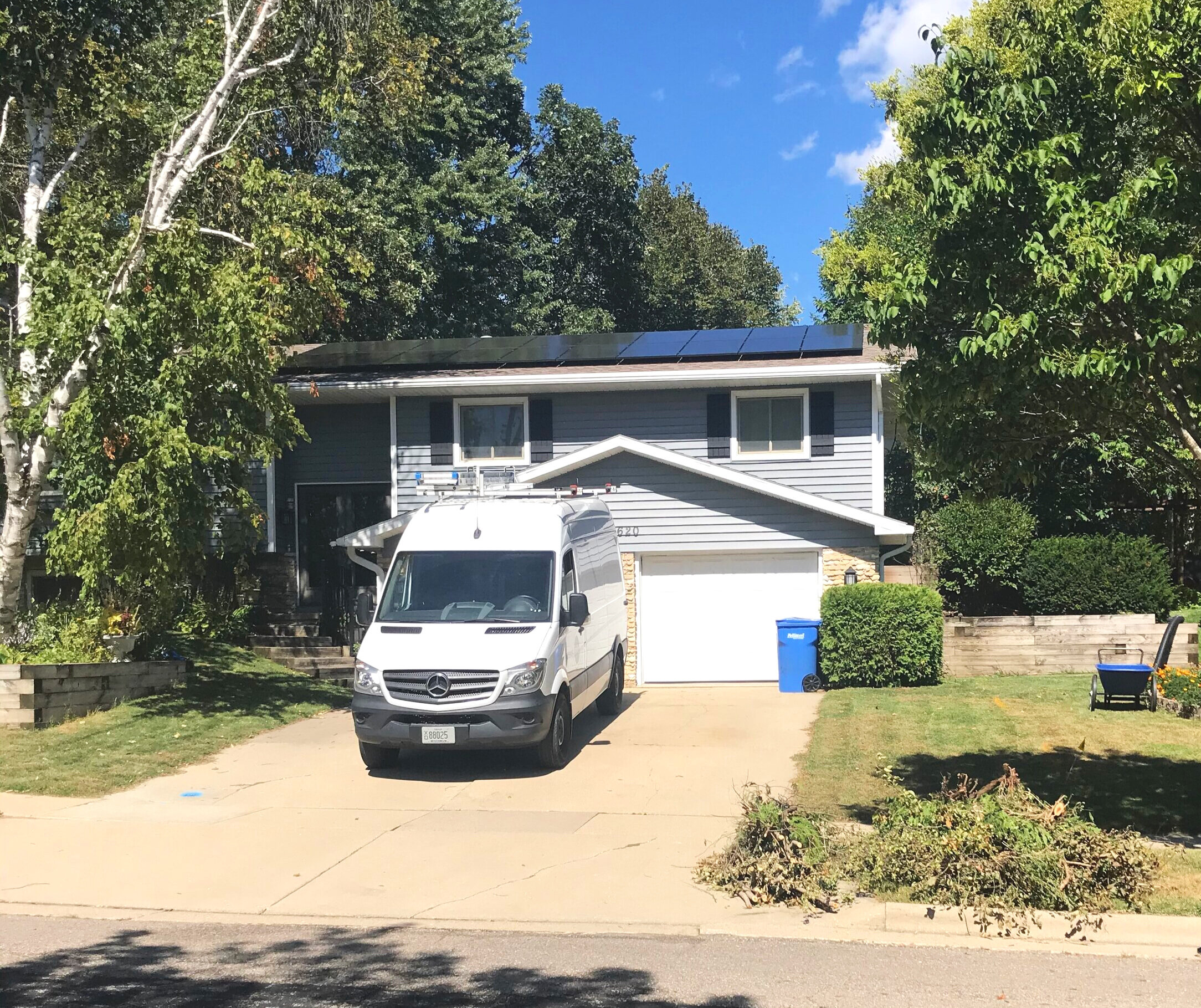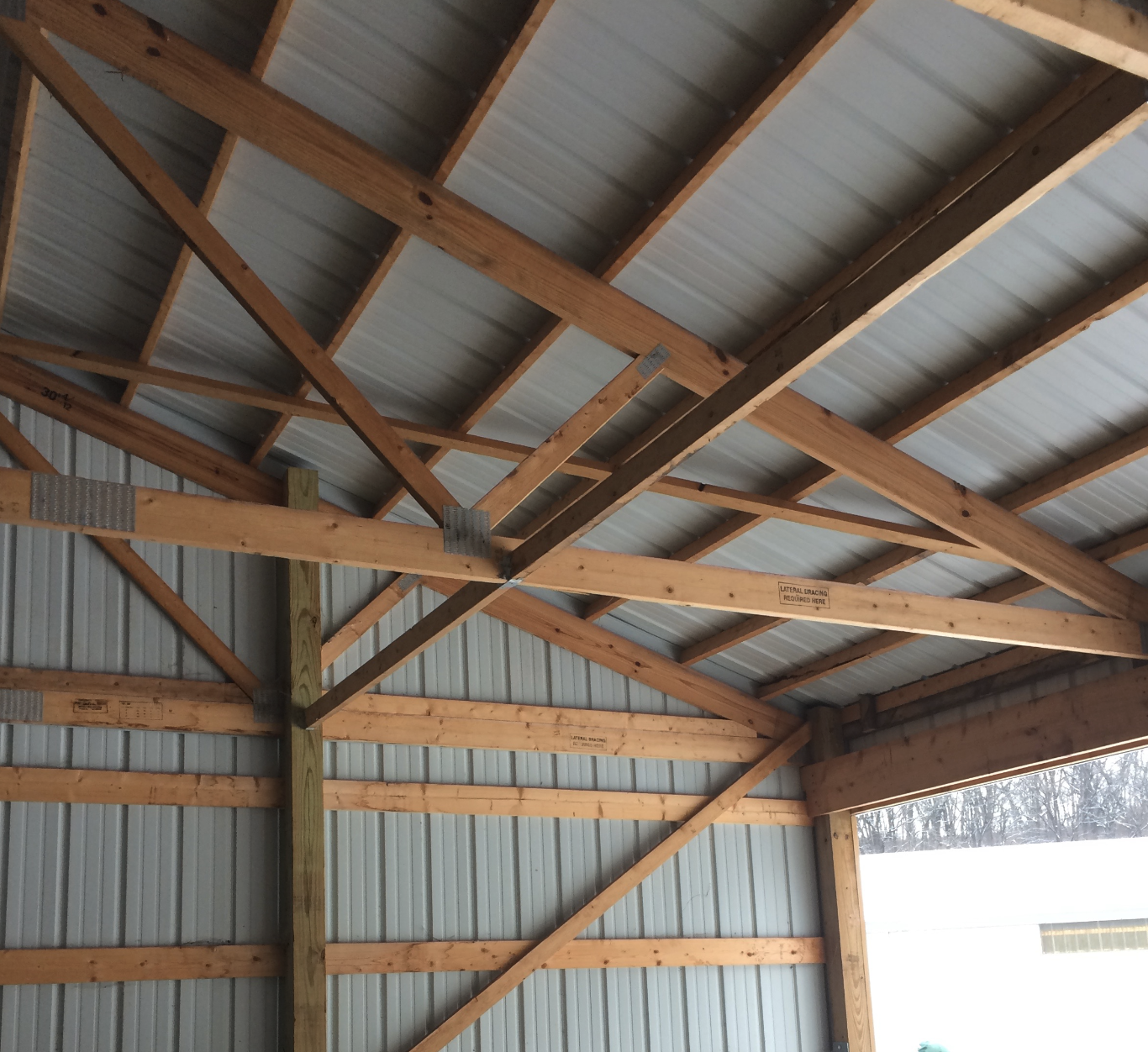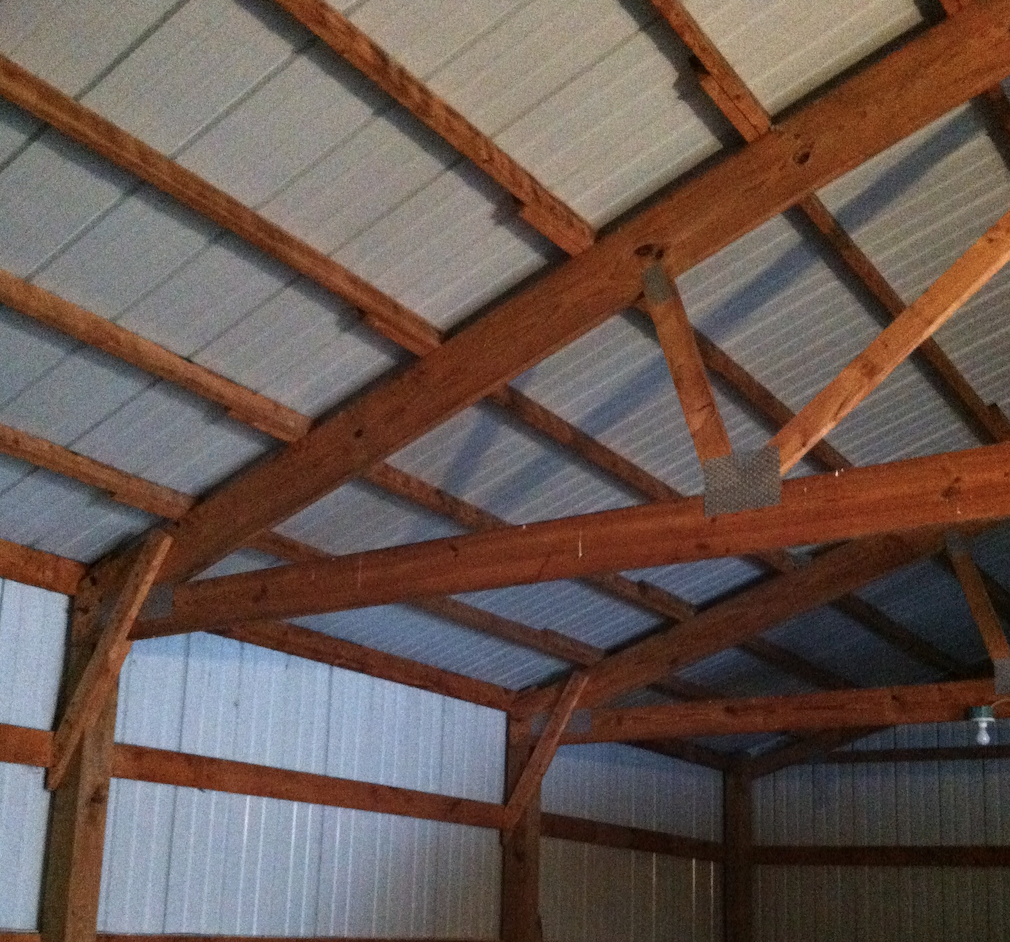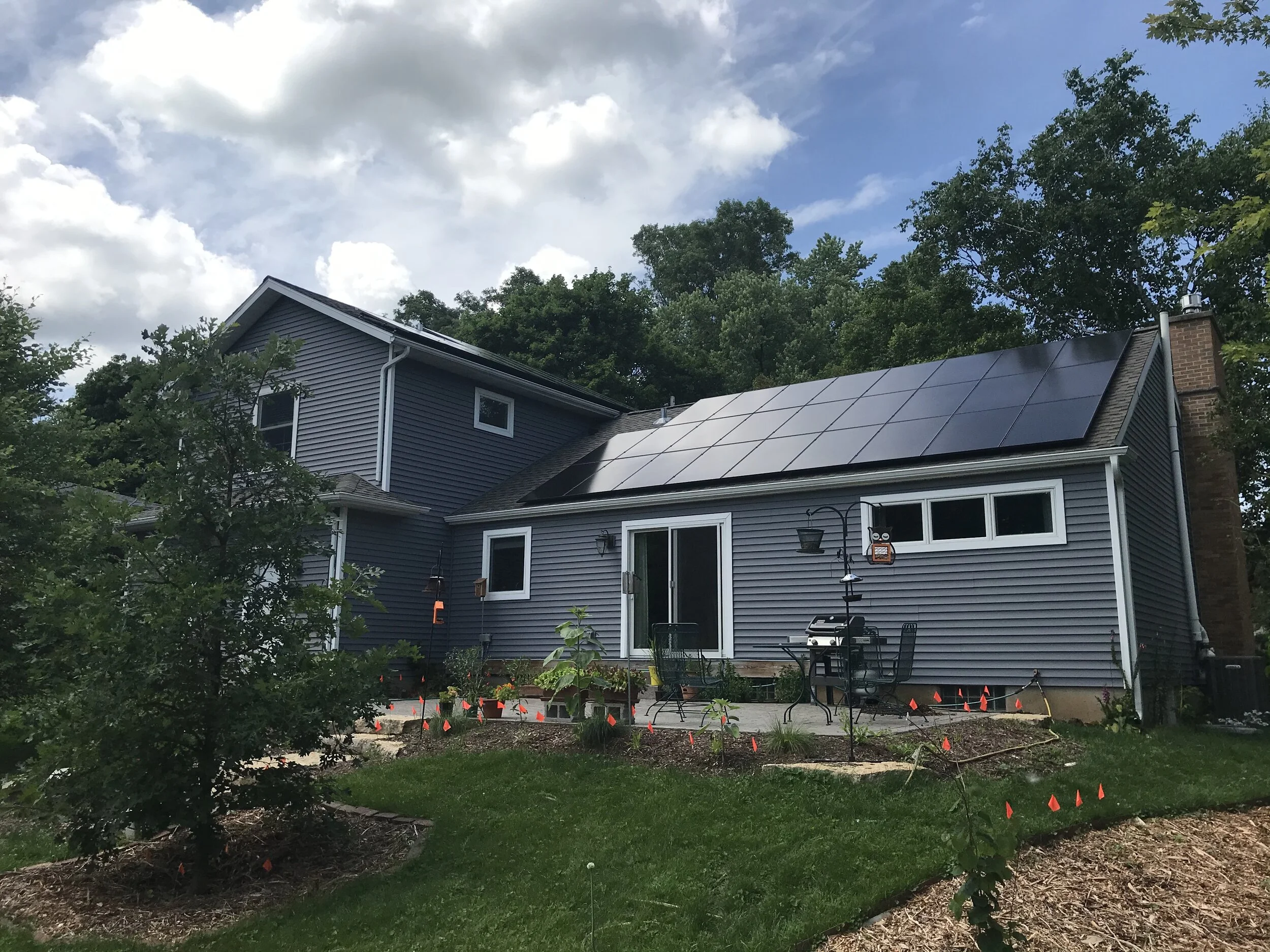As a Wisconsin homeowner, you may have seen an advertisement for free solar on social media, or even claims that you can get paid to go solar based on your city or county.
These claims are highly misleading. There is no such thing as free solar.
Claim: Get Paid to Go Solar
There are two public programs that reduce the cost of going solar, the federal solar tax credit and the Wisconsin Focus on Energy state rebate. Both programs are publicly available to all residents of Wisconsin and significantly reduce the cost of going solar. Many of the advertised claims of “getting paid” to go solar are simply referring to the federal tax credit and state rebate.
Federal Solar Tax Credit
You may claim the 30% credit on your income taxes for the year that the system installation was completed and commissioned by the utility. The credit is claimed on IRS Form 5695, and you can include all costs you incurred when installing the solar system. If the tax amount that you owe is less than your credit, you can claim the credit to pay for that year's taxes, but the balance will carry to the following year. The tax credit is 30% for systems installed for all years between 2022 and 2032!
Wisconsin Focus on Energy Rebate
The 2024 Wisconsin state rebate for residential systems will be a maximum of $500, with a $500 bonus for these rural zip codes. The solar array must meet several requirements, the two most important being the solar panels must be orientated within 135 degrees of due South and must receive 15% or less shading from nearby structures and/or vegetation. To receive this incentive, click here to make sure your utility is a Focus on Energy partner. After the system has been installed, you will receive the rebate in the mail in the form of a check.
For instance, an advertisement claiming you could “get paid $11,000 for going solar” would be referring to the tax credit and rebate you would receive for a $30,000 residential solar array in a rural area: a $10,000 federal tax credit and a $1,000 state rebate ($500 residential rebate plus the $500 rural bonus).
Claim: Go Solar for No Cost
The advertisements also claim that you can go solar at “no cost”, implying that there are public programs available to pay for your residential solar array. Unfortunately, this claim is also misleading. The way you go solar at “no cost” is by taking out a loan to go solar or financing your solar project through your solar installation company. Instead of paying for your solar array at the time of your installation, you pay no money down at installation, but pay for your solar array in monthly installments, just like you would when buying a car with financing. The cost of a “no cost” solar array often ends up being more expensive over the lifetime of the solar array for two reasons: (1) the solar loans and financing include interest payments and (2) solar companies can charge higher prices by focusing customers on the “low” cost of the monthly payments instead of the total cost of going solar.
There are also claims about solar being “free” since monthly payments for a rooftop solar array will cost less than your current electric bill. Imagine if your monthly average electric bill was $300 a month before solar, your monthly average solar-loan bill will be $275 a month with solar, and you paid no money down to go solar. In this case, it is tempting to think of your rooftop solar array as completely free. But just like the free phone you receive when signing up for a cell-phone plan, you are paying for the “free” phone and then some over the lifetime of your contract. By adding up all the monthly solar-loan payments, you can see the total cost of going solar. It will likely be significantly more expensive then the total cost of going solar with a company that requires customers to pay for their solar array at the time of installation. By paying up-front, you end up saving significantly more money over the lifetime of your solar array.
Going solar should be relatively simple. If you find yourself having to work hard to calculate the total cost, get a straightforward answer on financing, or understand how the math works out in your favor, you may be working with a solar company that cares more about sales than installing quality solar arrays in our community. We highly recommend getting three estimates before going solar, asking lots of questions when things seem too good to be true, and sorting the facts from the misleading claims. For additional help on comparing solar estimates, see this guide or reach out to us for help.

